In a world that is becoming increasingly digitalized and customizable, customer expectations are also rising. Customers are seeking unique and tailored solutions instead of standardized products. Therefore, technologies such as 3D product configurators have become indispensable tools for many companies. They not only offer customization on a new level but also an interactive and visual shopping experience that can be crucial in the customer’s decision.
Acquiring a 3D product configurator is not a simple checklist of things to do; it is a strategic investment that requires extensive consideration. Particularly in light of technological changes and market trends, there are many factors that must be taken into account.
In this article, we will explore the seven most critical aspects you need to keep in mind if you are planning to invest in a 3D product configurator. From technological requirements and cost analysis to user-friendliness and future scalability, we cover everything you need to know to make an informed decision. Let’s start with a brief introduction.
What is a 3D Product Configurator?
A 3D product configurator is a digital toolbox that enables real-time visualization and customization of products in a three-dimensional environment. Imagine that instead of just seeing a finished product photo on a website, you as a customer have the opportunity to change colors, materials, and even the design of the product directly through your screen. This type of interactivity creates a deeper understanding and appreciation for the product while reducing uncertainty before a purchase.
3D product configurators have revolutionized many industries, from furniture production and car sales to electronics and clothing design.
One of the most appealing advantages of 3D product configurators is that they can be integrated into a company’s overall operations, connected to inventory management, and even synchronized with production or augmented reality solutions for an even more interactive experience.
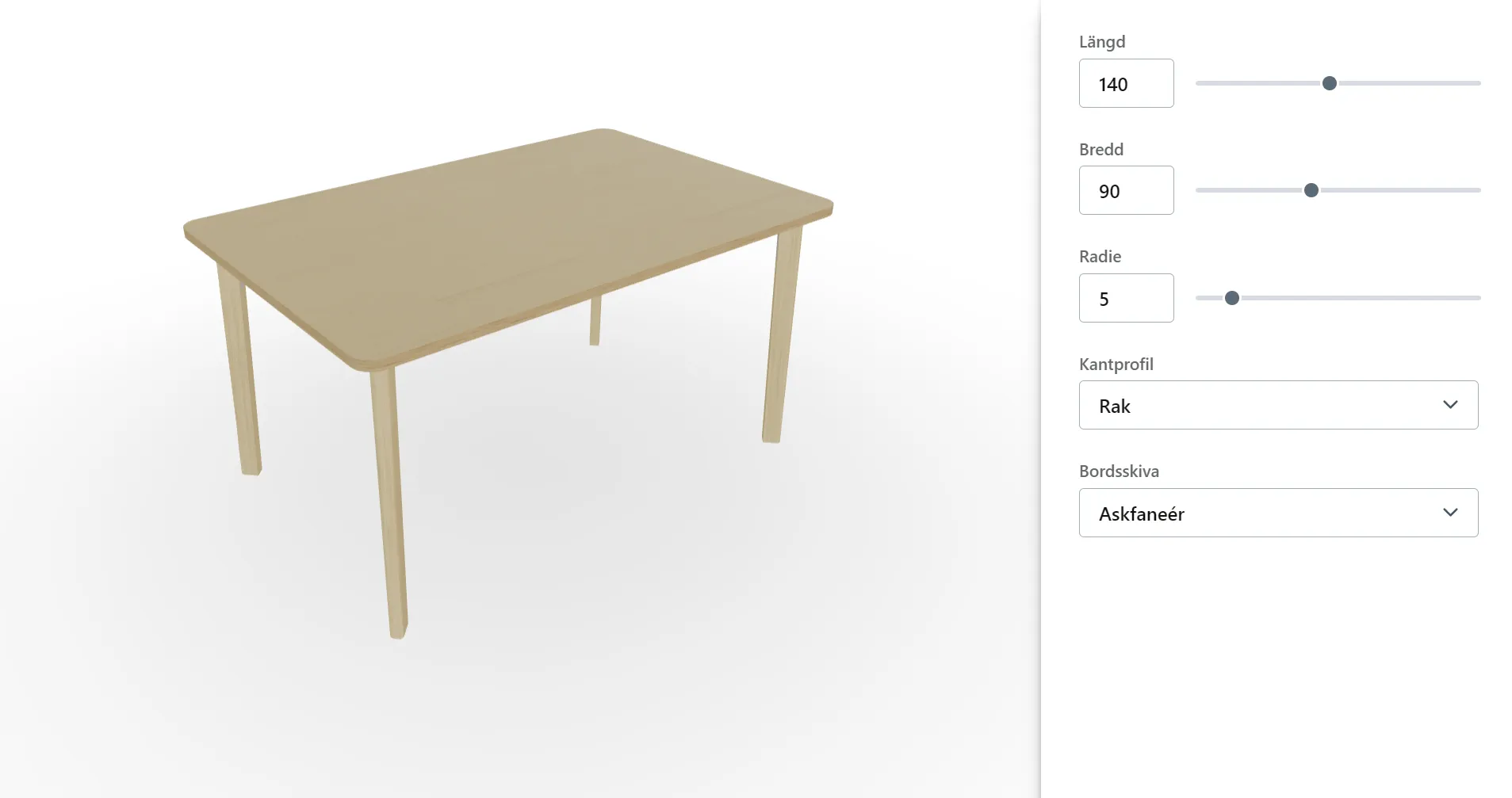
Example of a 3D configurator from Modelup
7 Important Aspects of a 3D Product Configurator
When investing in a 3D product configurator, it is important to conduct an in-depth analysis of several critical aspects. Below, we list the seven most important factors to keep in mind.
1. Features and Technical Requirements
Before investing in a 3D product configurator, it is crucial to be clear about what you actually want to achieve. Your goals will largely influence the technical requirements you should set. Some configurators offer basic 3D visualization, while others may have a range of advanced features:
- 3D Visualization: Does the geometry need to be generated dynamically, or is it enough to turn on and off different models?
- Pricing and Quotes to Customers: Should the configurator generate quotes or calculate prices?
- Visual Quality: Should it be photorealistic or abstract? Who is the target audience? Should the configurator be optimized for mobile users or computers?
- Production: Should the configurator be connected to production processes and manufacturing?
Performance is also a critical factor to consider. The system’s ability to quickly and smoothly generate and display complex 3D models can greatly impact the user experience. By carefully considering your needs and goals, you can make a more informed choice.
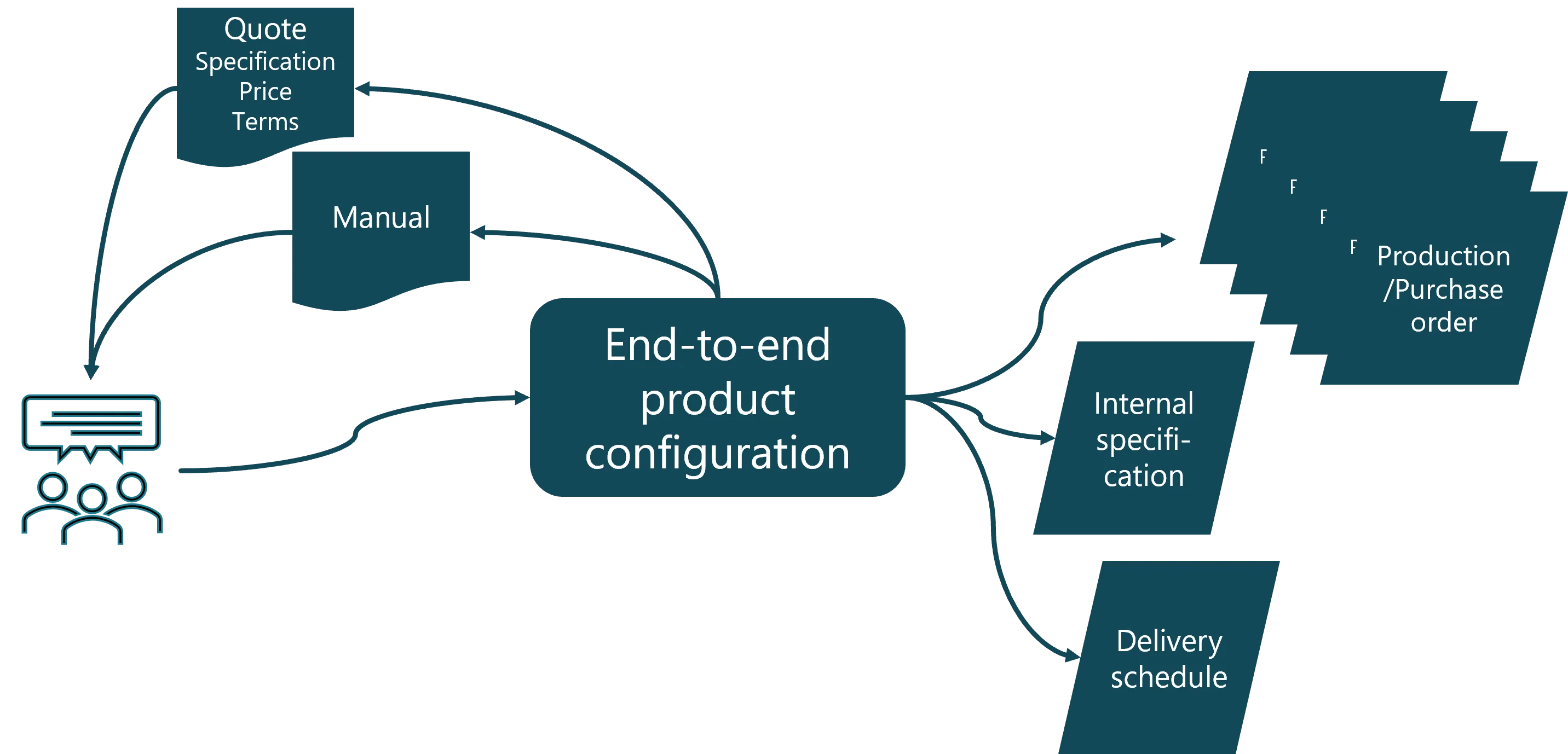
Diagram of the process and types of outputs from a product configurator
2. Cost and ROI (Return on Investment)
Investing in a 3D product configurator requires a careful ROI analysis. This technology automates time-consuming processes such as product customization and quote generation, not only improving the customer experience but also freeing up staff resources. A product configurator can also increase sales by up to 40%.
- Time Savings: Calculate the total time saved through automation and multiply by the employees’ hourly cost.
- Increased Sales: Estimate the potential sales increase, which can be up to 40% with an effective configurator.
- Improved Customer Satisfaction: Consider the long-term benefits of higher customer satisfaction, which can lead to repeat business and positive recommendations.
- Cost Comparison: Compare the current costs of manual processes with the savings from automation.
By considering both direct and indirect benefits, this checklist helps you understand how a 3D product configurator can positively impact your business and improve your ROI.
3. User-Friendliness
User-friendliness is key when choosing a 3D product configurator. Regardless of technical capabilities, the solution must be intuitive for both customers and staff. Consider the users’ technical skill levels; a simple, easy-to-understand interface is crucial, especially for those less tech-savvy.
Also, ensure that the configurator works smoothly on all devices, from mobile phones to computers, by optimizing for different screen sizes and systems. Important information such as pricing, product details, and customization options should be clearly highlighted in the process. A user-friendly approach not only guarantees a solution that meets your business requirements but also a satisfying experience for your customers.
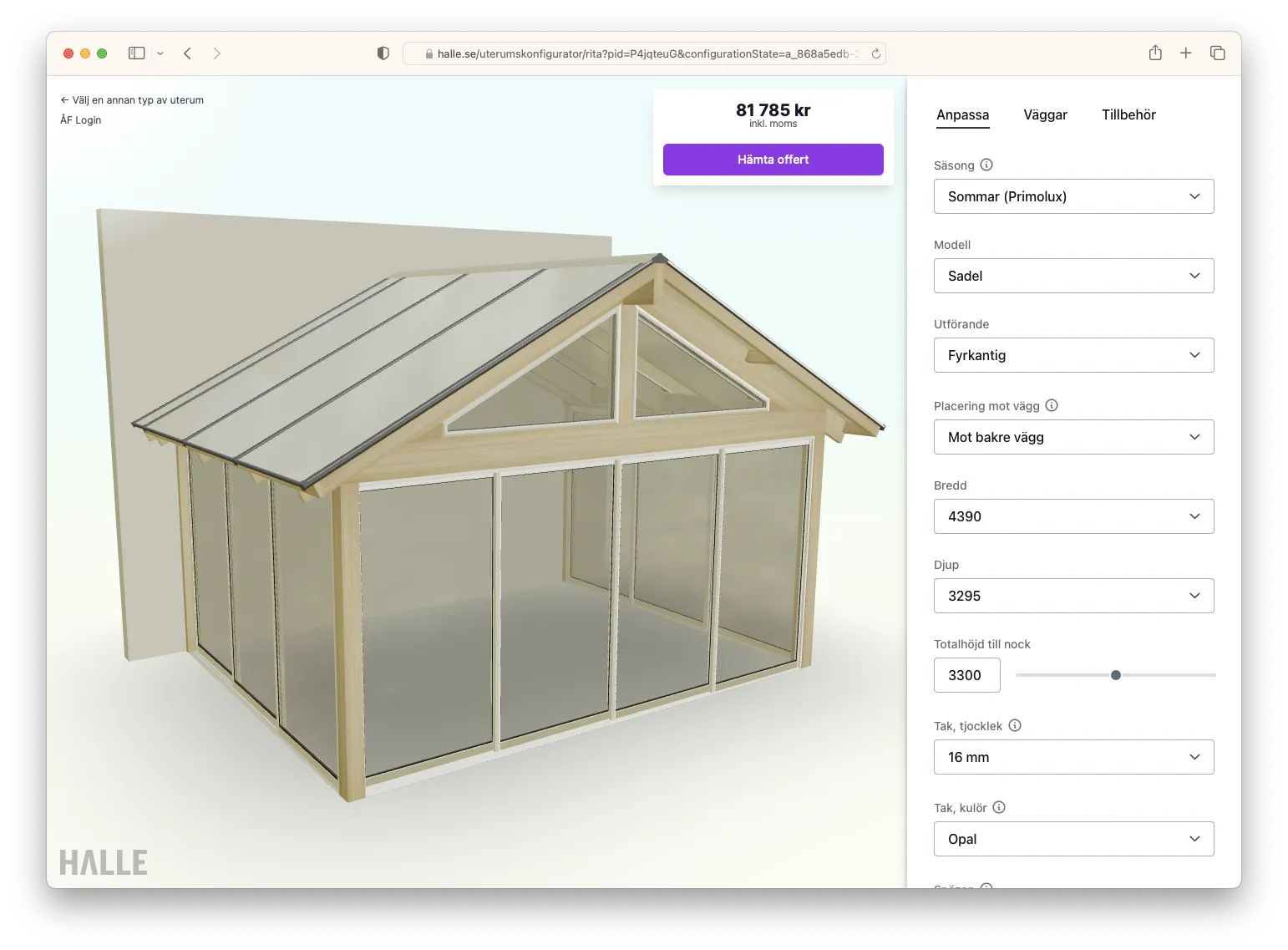
Example of a 3D product configurator from halle.se where user-friendliness played a central role. The price is automatically calculated when the customer makes changes, and quotes are generated automatically.
4. Choice and Customizability
When it comes to investing in a 3D product configurator, customizability is a key factor that should not be underestimated. While it may be tempting to include a wide range of parameters and customization options, it is important to carefully consider which ones are truly relevant to your customers.
Every parameter you add to the configurator must generate a unique visualization for each possible combination. This can quickly become complex both technically and visually. Excessive or unnecessarily complicated choices can confuse the customer and degrade the user experience.
Therefore, it is important to think through which parameters and options are most relevant for your product and target audience. The choices you offer should be flexible enough to allow customization but not so numerous that they complicate the decision-making process. The balance between customizability and simplicity is critical here.
By carefully selecting which customization options should be available, you can ensure that your 3D product configurator is not only a powerful visualization tool but also one that enhances customer engagement through an intuitive and focused user experience.
5. Integration with Other Systems
Another central consideration is how easily the 3D product configurator can be integrated with your existing IT systems. Choosing a configurator that can easily connect to your current business system, ERP, or CRM can reduce both implementation time and initial costs.
This seamless integration also simplifies long-term maintenance and minimizes the risk of compatibility issues in the future.
6. Customer Engagement and Data Analysis
Understanding your customers is key to success, and a 3D product configurator can be invaluable in this regard. Besides offering an interactive and engaging customer experience, an effective configurator should also include an analytical component. By collecting and analyzing user data, you can gain insights into customer preferences, behavior patterns, and the most popular product configurations.
An integrated dashboard for data analysis is therefore an important factor. It should provide you with an overview of important data in real-time, which not only improves the customer experience but also facilitates informed business decisions. A 3D product configurator with strong analytical tools allows you to see what your customers value most and adjust your offerings and marketing strategy accordingly.
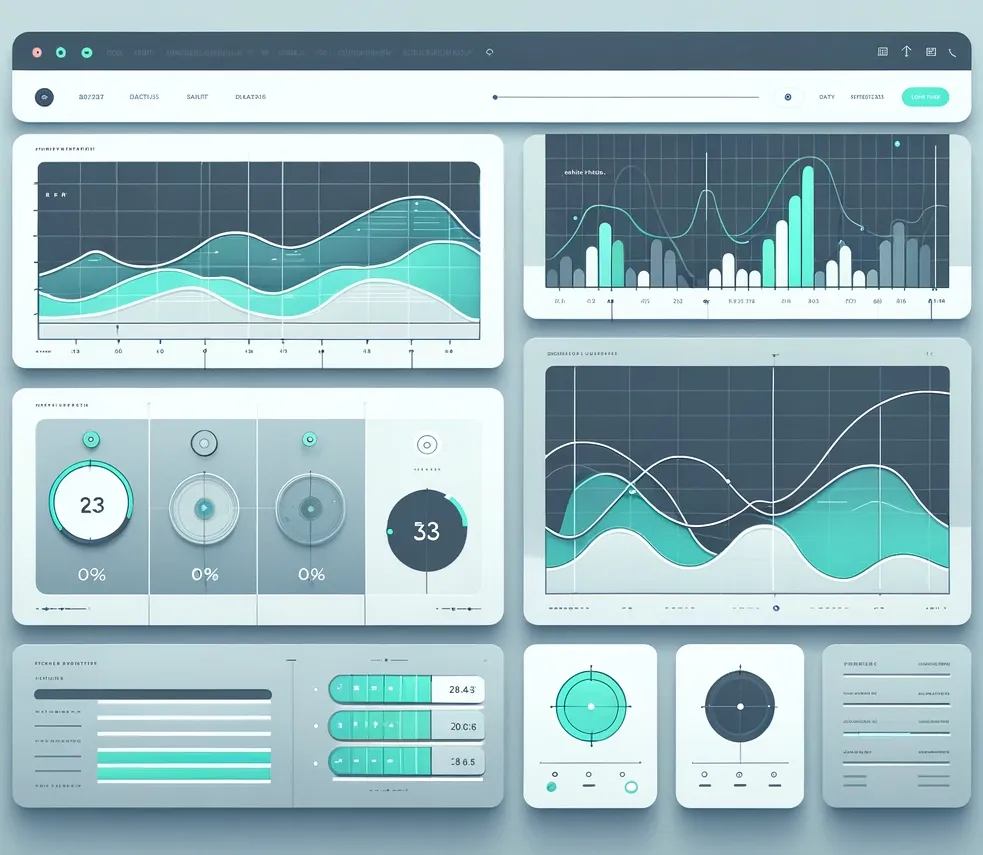
Example of a dashboard with statistics and insights on product sales
7. Mobile Responsiveness and Platform Compatibility
Choosing a 3D product configurator requires careful consideration of platform compatibility. While your focus may be on desktops for more detailed visualizations, mobile responsiveness is essential for an inclusive customer experience. The configurator should offer a consistent, high-performance, and user-friendly experience regardless of the device, from smartphones to computers.
It is important to identify what is most relevant for your business and customers and ensure that the configurator meets these needs in terms of functionality and visual presentation. This strategic decision helps you cater to a broader customer base and optimize the user interaction with your products.
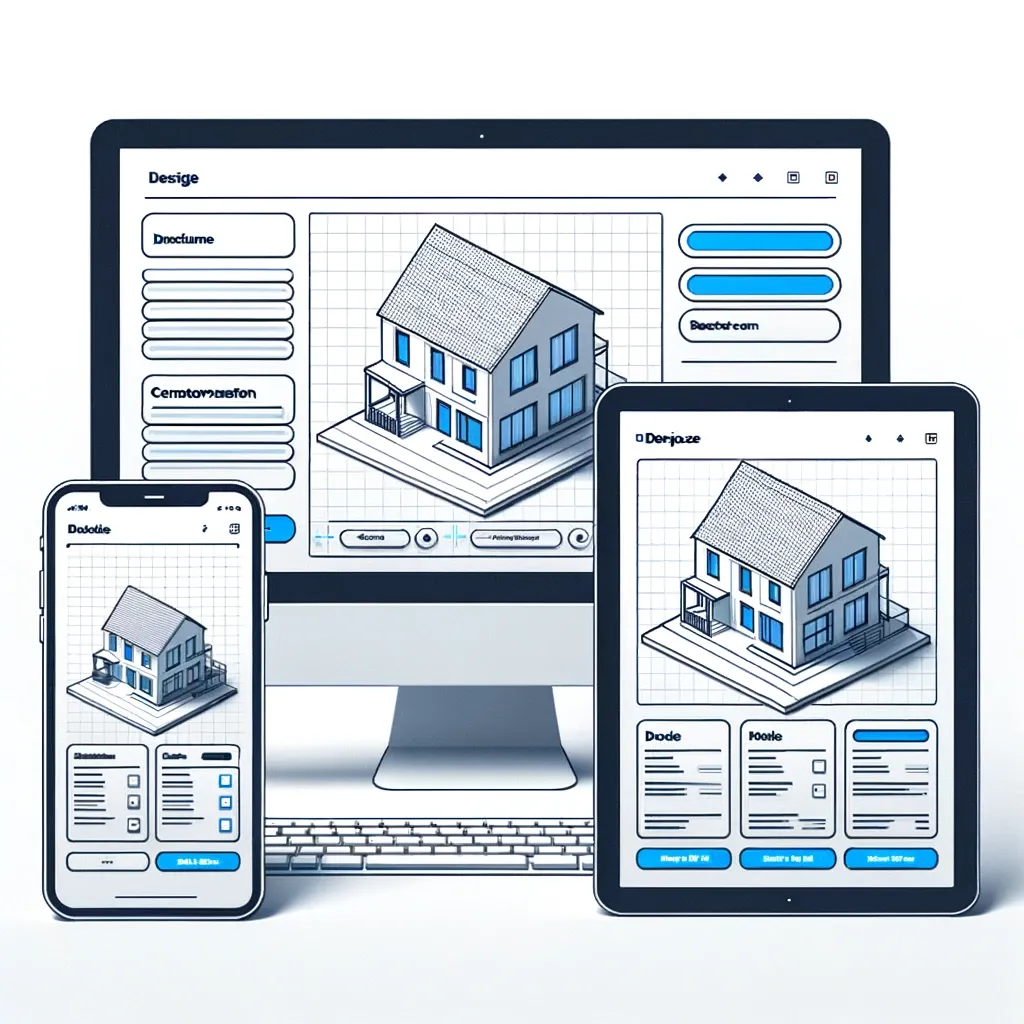
An illustration of our 3D product configurator smoothly adapting to various devices: from desktop to mobile and tablet, ensuring a consistent and user-friendly experience for all customers.
Concluding Remarks
Navigating the landscape of 3D product configurators can be challenging, but by carefully considering the seven key aspects above, you can make an informed decision that benefits both your business and your customers. A solution that balances technical requirements with user-friendliness, offers in-depth data analysis, and the ability to customize and expand with your business needs will be a long-term investment in your company’s future.
For those seeking a solution that exemplifies these qualities, Modelup is known for delivering top-tier 3D product configurators. With Modelup’s advanced technology and commitment to customer support, your business can take the next step into the future of digital product visualization and customer engagement.

